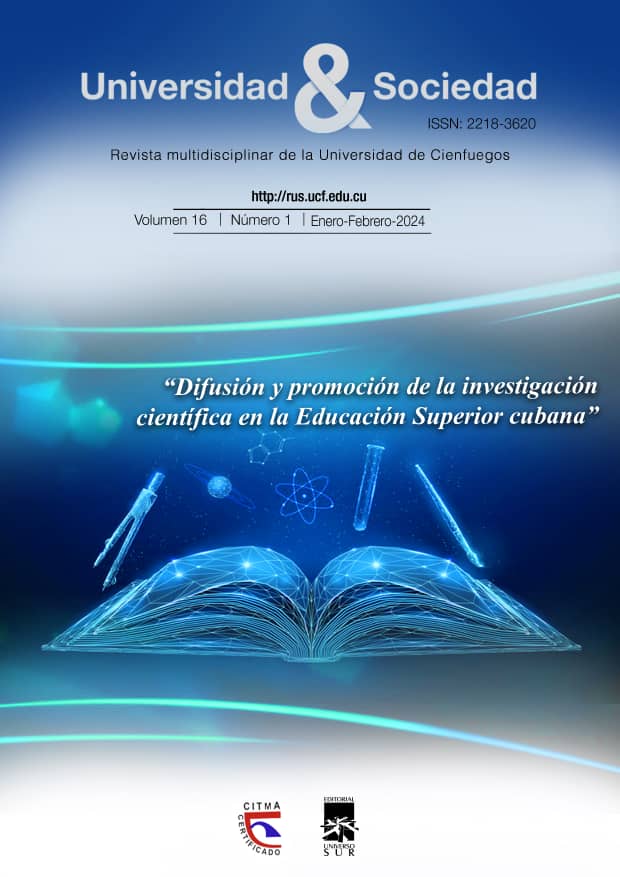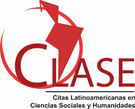Turism in Pingan Yuanjiacun: opinions of residents and tourists
Resumen
Sustainable development of tourism and its contribution to the 2030 Agenda need transcend the economic effects of the activity, it cannot be limited to the income growth to show positive impacts leading to the satisfaction of residents as well as of visitors and getting an environmental balance that positions the destination as a reference in the segments of demand. The current model of development for Pingan Yuanjiacun village, under the title “Hehuang Impression: Conceptual Planning of the Project” reproduces a paradigm that has been successful in other Chinese rural contexts, even in Pingan itself; nevertheless, it is not exempt from critic observations, considering that it evidences the weaknesses of a touristic management and practice that may have created several benefits, but have also distorted the landscape as well as the very same traditional cultures they claim to be saving which leaves a lot to be desired about the touristic innovation. Amid the constructive process, the fact that rural areas are a regional complex integrated by natural ecology, social and economic culture as well as residential groups with varied social norms that have been established throughout years, even centuries have been forgotten. They need be appropriately understood with the intention of respect and saving “Pingan culture”. The present research aims at presenting the opinions of visitors and residents of Pingan Yuanjiacun Village that allow to evaluate the satisfaction levels with the model of touristic development implemented.
Keywords:
tourism, satisfaction, residents, visitors
RESUMEN
El desarrollo sostenible del turismo y su contribución a la Agenda 2030 debe trascender los efectos económicos de la actividad; no puede limitarse al crecimiento de los ingresos sino mostrar impactos positivos que conduzcan a la satisfacción tanto de los residentes como de los visitantes y lograr un equilibrio ambiental que posicione el destino como referente en los segmentos de demanda. El actual modelo de desarrollo para la aldea de Pingan Yuanjiacun, bajo el título “Hehuang Impression: Conceptual Planning of the Project” reproduce un paradigma que ha tenido éxito en otros contextos rurales chinos, incluso en el propio Pingan; sin embargo, no está exento de observaciones críticas, al considerar que evidencia las debilidades de una gestión y una práctica turística que pueden haber generado diversos beneficios, pero también han distorsionado el paisaje y las mismas culturas tradicionales que dicen salvar, lo que deja mucho que desear en cuanto a innovación turística. En medio del proceso constructivo, se ha olvidado el hecho de que las áreas rurales son un complejo regional integrado por la ecología natural, la cultura social y económica, así como grupos residenciales con variadas normas sociales que se han establecido a lo largo de años, incluso siglos. Estos aspectos deben entenderse adecuadamente con la intención de respetar y salvar la cultura de Pingan. La presente investigación tiene como objetivo presentar las opiniones de visitantes y residentes de Pingan Yuanjiacun Village que permitan evaluar los niveles de satisfacción con el modelo de desarrollo turístico implementado.
Palabras claves:
turismo, satisfacción, residentes, visitantes
Publicado
Cómo citar
Número
Sección
Licencia
Derechos de autor 2024 Editorial "Universo Sur"

Esta obra está bajo una licencia internacional Creative Commons Atribución-NoComercial-SinDerivadas 4.0.
La editorial "Universo Sur", de la Universidad de Cienfuegos, publica el contenido de la Revista "Universidad y Sociedad" bajo una Licencia Creative Commons Atribución-NoComercial-SinDerivar 4.0 Internacional.
© Podrá reproducirse, de forma parcial o total, el contenido de esta publicación, siempre que se haga de forma literal y se mencione la fuente.










